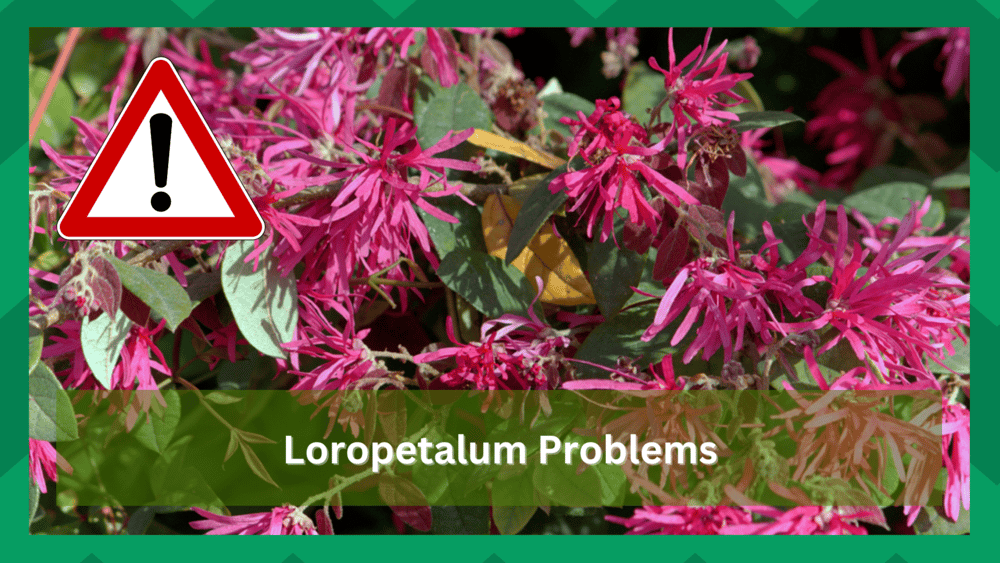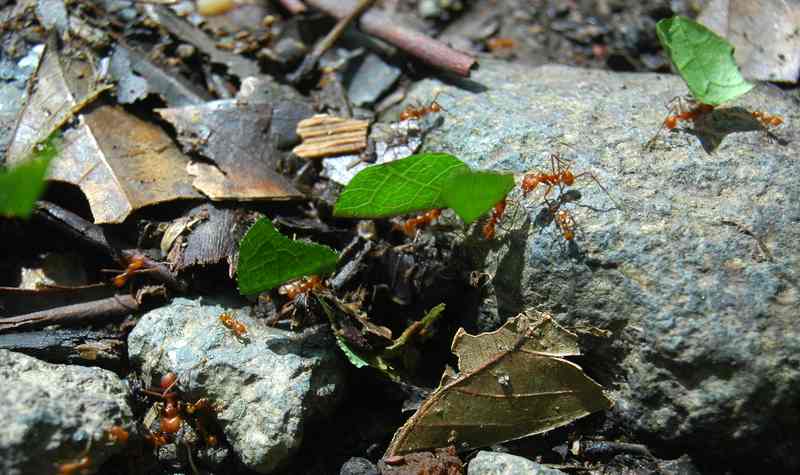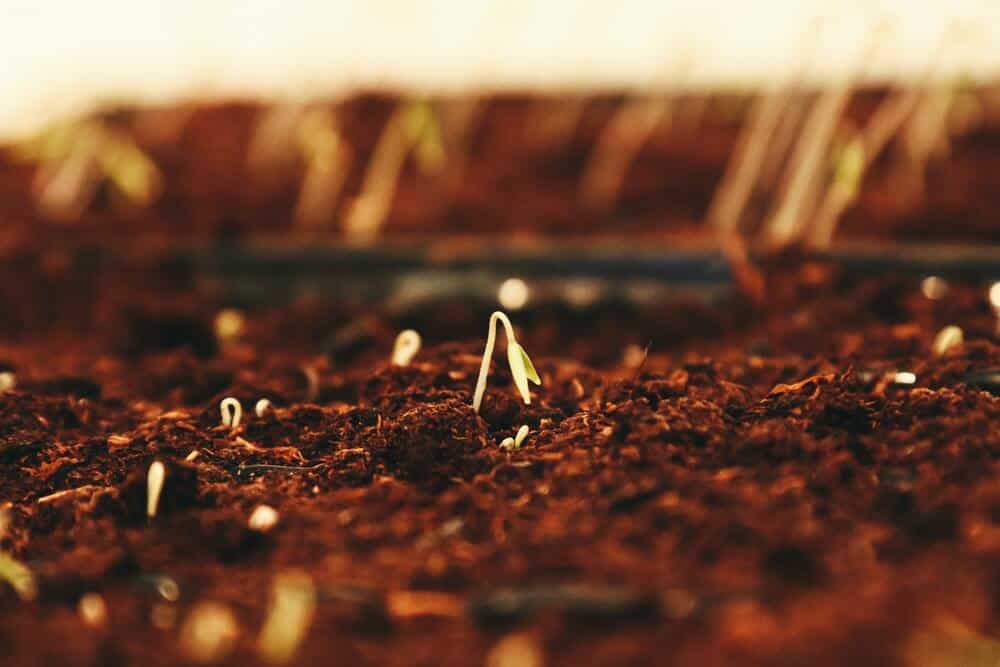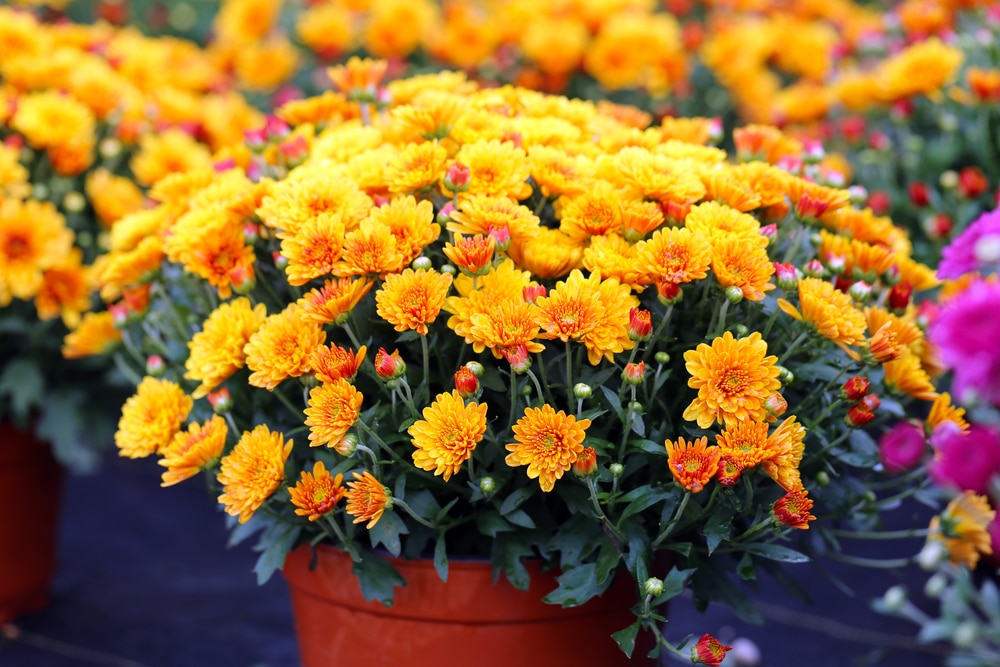
Plants come in different shapes and sizes, and colors that you can select from. Your garden will look and smell different depending on the species you select.
One of the most famous types of flowers or plants is Loropetalum. This comes in four different species of either trees or shrubs.
The maintenance steps might vary depending on which one you want to plant. Considering this, you should go through the details of these plants before buying them yourself.
While Loropetalum is a beautiful plant that you can put in your garden, you should note that this is also some problems you can run into.
Some of these can be quite annoying to deal with, which is why we will be using this article to provide you with a list of common issues as well as ways that can be used to fix them.
Common Loropetalum Problems
One of the most common problems that you will notice your Loropetalum running into is the roots on it starting to rot.
When it comes to this plant, you should note that it is resistant to drought. This means the leaves can stay alive even if you don’t water them for a few days.
Additionally, a nearby water source can help the plant stay alive.
However, it is always better that you keep the soil around your Loropetalum moist at all times.
This helps ensure the leaves stay in their best shape and color. Talking about this, if the water content in the soil is more than required, then this will start damaging the Loropetalum plant.
This can be quite annoying as water will keep collecting and suffocating the roots of your tree or shrub. If this happens, the roots on your Loropetalum will also start to rot, indicating that it might die soon.
Considering this, one easy fix for this issue is to ensure that you don’t put too much water on your plant’s soil.
If this is impossible, you can create a small passage in your soil. This lets all the excess water escape from the tunnel and then get out of the reach of your plant’s roots. If done correctly, no water should gather near the plant and cause a problem like this again.
- Leaves Starting to Dry
If you notice that the leaves on your Loropetalum have started changing their color to yellow and are getting dry, there is something wrong with your plant. The problem is mostly caused in areas with high temperatures.
One easy way to prevent this is by keeping the plant in a cold area. This might not be an option for everyone, but you should note that the place you put your plant in has to be optimal.
If you know that the temperatures in your area will be high during the summer, then you can simply place the plant under shade.
Ensure it stays in partial shade, where it can access light sunlight for a few hours.
Once the temperature rises, the sunlight coming from the sun should not be able to touch your Loropetalum.
If this is done correctly, you will notice that the leaves on your tree or shrubs will start changing their color back to what it was. The leaves should also get healthier, indicating that the problem is gone.
- Soil Does Not Have Any Nutrients
Finally, one more common problem with the Loropetalum plant is its soil does not have the required nutrients. This usually happens when you place the plant in an area that does not have enough minerals to keep it healthy.
Luckily, you can fix this problem by adding fertilizers into the soil that help it in getting all the nutrients required by the plant. Keep in mind that there are tons of fertilizer options that you can select from.
Considering this, make sure that you carefully select a brand that will help your Loropetalum grow healthy and beautiful.
How to maintain the Loropetalum plant in good condition?
Maintaining a Loropetalum plant in good condition requires effort, but having a vibrant and healthy display in the garden is worth the reward. The first step should be to choose the right location for your Loropetalum.
This evergreen shrub can grow up to 8 feet tall, so it is important to ensure it will have enough space to thrive. Plant it in a spot with full or partial sun and well-drained soil.
Once your Loropetalum is planted, regular watering is important for keeping the plant healthy. These shrubs thrive with about 1 inch of water per week.
During dry periods more frequent watering may be necessary. Mulching the soil around your Loropetalum will help keep it moist and protect it from extreme temperatures.
Fertilizing is important for healthy growth. Apply a balanced fertilizer in early spring and again after flowering in summer or early fall. Pruning should also be done regularly to promote a well-shaped shrub.
Overall, with the right location and regular care, a Loropetalum plant can be a beautiful part of your garden for years to come. By following these simple tips, you can ensure that it will remain vibrant and healthy.
What is the right time to cultivate the Loropetalum flower?
The Loropetalum flower is a stunning, vibrant flowering shrub that blooms in shades of pink, purple, and white. Its low-maintenance characteristics make it an ideal addition to any garden or landscape.
However, it is important to know when the right time to cultivate this beautiful bloom is for it to reach its full potential.
The best time to plant Loropetalum flowers is during spring or early fall when temperatures are milder, and there are plenty of days with adequate sunshine.
If planted from seeds or cuttings, they should be planted directly into the ground within two weeks after being harvested, as they do not store well over long periods.
Before planting them in the ground, ensure that you have prepared the soil by adding organic matter such as compost which will help promote healthy root growth and encourage better flowering growth.
After planting your Loropetalums outdoors, ensure you provide them with sufficient water at least once per week until established, then reduce watering frequency accordingly depending on weather conditions.
Also, be mindful of the amount of sunlight you provide them, as too much direct sun can cause sunburn and too little will stunt the flowering growth.
Lastly, if you wish to create a bushier appearance, prune your Loropetalums in late winter or early spring before it begins blooming.
How to prevent the Loropetalum flower from taking stress?
Loropetalum plants are attractive evergreen shrubs that produce beautiful pink and white flowers throughout the year.
However, if not cared for properly, these lovely plants can become stressed and start suffering from many problems. Fortunately, there are several steps you can take to prevent your Loropetalum flower from taking stress.
First, plant your Loropetalum in an area with well-draining soil and full sun exposure, where it will receive at least six hours of direct sunlight per day.
Additionally, regular pruning is important for maintaining the bush’s shape while promoting healthy growth.
Be sure to use sharp shears when trimming branches back, as this will help reduce damage caused by tearing or crushing foliage.
Secondly, provide adequate water during dry periods as Loropetalums tend to be sensitive to drought conditions; however, avoid overwatering them as this can cause root rot or other diseases.
Feed your loropetulum with a balanced fertilizer every two weeks during spring and summer to give them extra nutrition for blooming flowers throughout the year.
Lastly, check regularly for pests such as aphids which are common on loropetalums and can cause stress to the plants. If you find any pests, remove them manually or treat them with an appropriate organic pesticide.
Conclusion
Cultivating the Loropetalum flower can be a rewarding experience, as it is a stunning, vibrant flowering shrub that blooms in shades of pink, purple, and white.
However, to ensure your plant reaches its full potential, you must know when the right time to cultivate them is and how to care for them properly.
The best time to plant Loropetalums is during spring or early fall when temperatures are milder, and there are plenty of days with adequate sunshine.
Before planting them in the ground, you should prepare the soil by adding organic matter such as compost which will help promote healthy root growth and encourage better flowering growth.
Also, ensure you water your plants at least once per week until they become established, then reduce accordingly depending on weather conditions while also providing enough sunlight but not too much direct sun, which can cause sunburn.
Furthermore, prune your Loropetalums in late winter or early spring before they bloom if you wish to create a bushier appearance.
Lastly, check regularly for pests such as aphids which can cause plant stress, and treat them appropriately if found using an organic pesticide.






our newly planted purple diamond loropetalums have developed a white fuzz on the stems . what is it and what can I do about it?